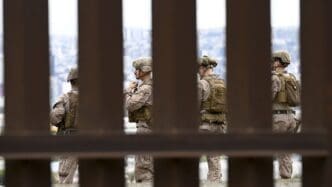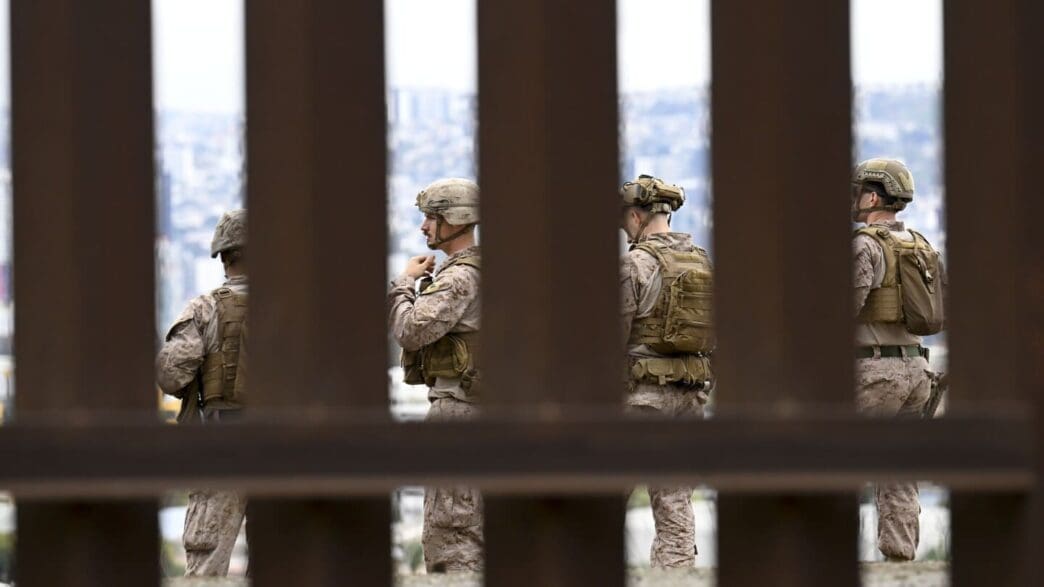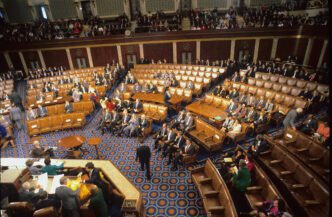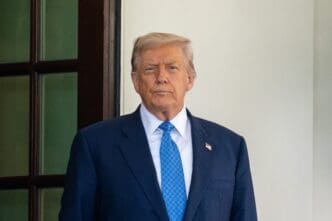Executive Summary
The Story So Far
Why This Matters
Who Thinks What?
Homeland Security Secretary Kristi Noem announced that the entire US-Mexico border wall is slated to be painted black, a decision she attributed directly to President Donald Trump’s request. The initiative, intended to make the wall hotter and more challenging to climb, follows the allocation of approximately $46 million for new border wall construction in Trump’s recent spending bill.
Border Wall Construction and Design
Noem, speaking near a border section in New Mexico, stated that President Trump believed the black paint would increase the wall’s surface temperature, thereby impeding climbers. Border Patrol officials additionally noted that the black coating is expected to help prevent the wall from rusting. Currently, about a half-mile of wall is being constructed daily along the nearly 2,000-mile border.
Broader Immigration Strategy
While the administration has focused on detentions and deportations as primary components of its immigration enforcement strategy, increased border security measures are also central. White House officials contend that these comprehensive efforts serve as a significant deterrent to unauthorized migration.
Impact on Border Crossings
The Trump administration reports a substantial decrease in border crossings in recent months, attributing these plummeting figures to its stringent policies. Detentions of undocumented immigrants reached record lows in July and June, with approximately 4,600 and 6,000 individuals, respectively, marking a 92% year-on-year reduction.
Interior Enforcement and Other Measures
Beyond physical barriers, the administration has also increased interior enforcement. White House Press Secretary Karoline Leavitt stated in August that 300,000 undocumented immigrants had been detained within the US since January. Noem also indicated plans for more “waterborne infrastructure” along the Rio Grande, a segment of the border where Texas authorities have previously deployed floating barriers and fortified riverbank fencing.
Advocate Concerns
Homeland Security Secretary Noem announced in early August that 1.6 million undocumented immigrants had departed the US during the first 200 days of the Trump administration, though specific numbers for deportations versus voluntary departures were not provided. While the administration asserts its prioritization of individuals with criminal histories for enforcement, immigration advocates have expressed concerns that many individuals without criminal charges or with only minor infractions have been caught in these sweeps.
The Trump administration continues to emphasize a multi-faceted approach to border security and immigration enforcement, combining physical barriers like the newly proposed black-painted wall with increased detentions and deportations. Officials maintain these measures are directly responsible for the reported sharp decline in unauthorized border crossings.








